While I think you should absolute visit Paris on a first trip to France (don’t get me wrong, I’ve been many times), there’s more to France than just its capital city. A few months ago, I made a silly TikTok rating French cities, and it surprisingly took off in a way that I hadn’t expected. I figured that I’d take that information and put it onto my blog in case there were people out there looking for city recommendations in France outside of Paris! In no particular order, here are some places (and I’m aware I’ve barely even scratched the surface of French cities) you should consider visiting if you find yourself in France. Fair warning, I do link to several of my older blog posts detailing my experiences in each city. On y va!
Angers
Angers was the first city in France that I visited as more than a tourist – I lived there during my first stint as a language assistant. I remember knowing nothing about it before I arrived, and now it’s one of my favorite cities in France! Located in western France, Angers is about 45 minutes by train to Nantes, and around two hours by train to Paris. It’s one of the greenest cities in France, so there are ample parks to explore, and you can explore the banks of two rivers, the Maine and the Loire (in fact, Angers is located in the département called Maine-et-Loire). It’s a modern French city with a tram line, but walking around you’ll discover a 12th century castle, half-timbered houses, and so much more. Check out my blog post here for recommendations of what to do while you’re in Angers! If you’re a soufflé fan, be sure to check out La Soufflerie for some delicious soufflés of both the sweet and savory kind.
Highlights: Château d’Angers, Jardin du Mail, Musée des Beaux-Arts, Maison d’Adam, Place du Ralliement
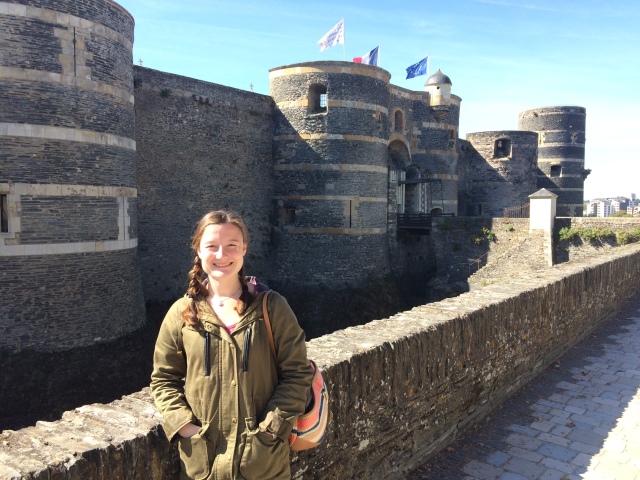
Dijon
This was my home the second time I was a language assistant. I moved from West to East, but maintained a similar distance from Paris by train. Dijon is located in the département of Côte-d’Or. Its region is Bourgogne-Franche-Comté (or BCF for the cool kids), which is well known for its wine and cheese. If you’re a fan of condiments, you might recognize Dijon from the mustard, and you’d be correct in assuming it comes from there! Centre ville is full of beautiful half-timbered architecture, but don’t forget to look up! The roofs are tiled in a unique way, unlike anything I’ve seen in France before. While I wasn’t able to take full advantage of my time in Dijon due to the pandemic (fingers crossed someone will come across this post at a point where it’s no longer a thing), I still found loads of things to do. You can find my recommendations here!
Highlights: Climbing the Tour Phillipe le Bon, Parcours de la Chouette, Lac Kir, Musée des Beaux-Arts
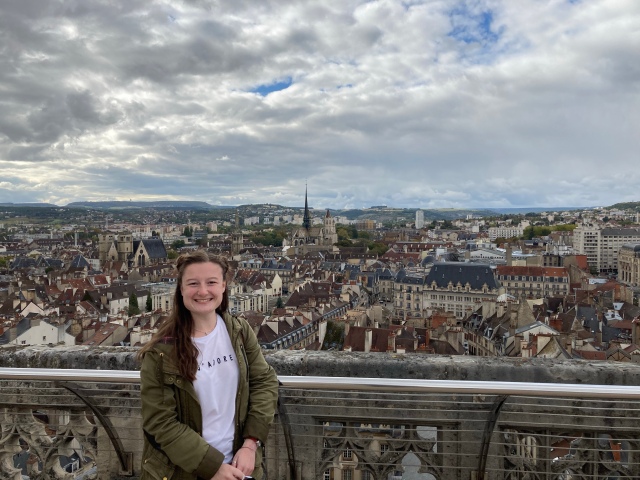
Beaune
A quick day trip away from Dijon is Beaune. Within 15 minutes you can be in this picturesque city, where you can quite literally stumble upon miles of vineyards (and run a marathon through them if you time it correctly). The main, and biggest highlight in Beaune is Les Hospices. You’ll see more of the tiled roofs like in Dijon, but in a much grander fashion. The building dates from 1443, and it was an active convent until 2006, so it’s full of regional history. If you’re into wine, be sure and book yourself a wine tasting while you’re there, too! Beaune is the perfect day trip from Dijon, and a great way to explore the region beyond the most well known cities. You can relive my day in Beaune to see what else you shouldn’t miss!
Highlights: Les Hospices, Parc de la Bouzaize, Musée du vin de Bourgogne
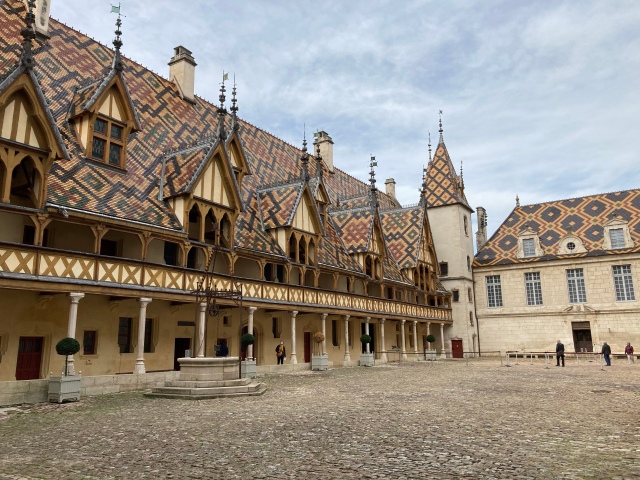
Strasbourg
Strasbourg is hands down my favorite city in France. Between the charming architecture of Petite France, the fact you can take the tram to Germany (yes, the terminus of one of the lines is across the border), and the amazing history of the region, there’s so much to see and do. Strasbourg is fascinating because the Alsace region has consistently maintained a unique individuality that differentiates itself from the rest of France. It’s also home to the EU parliament, which you can visit. I spent a weekend exploring, and it’s been a goal of mine to get back ever since. If you’re traveling through France during the holidays, Strasbourg is most known for its Christmas market – absolutely worth the visit if you time it right! Also, if you visit on the first Sunday of the month, all museums will be free!
Highlights: EU Parliament, Petite France, Barrage Vauban, Musée Alsacien, the Cathedral
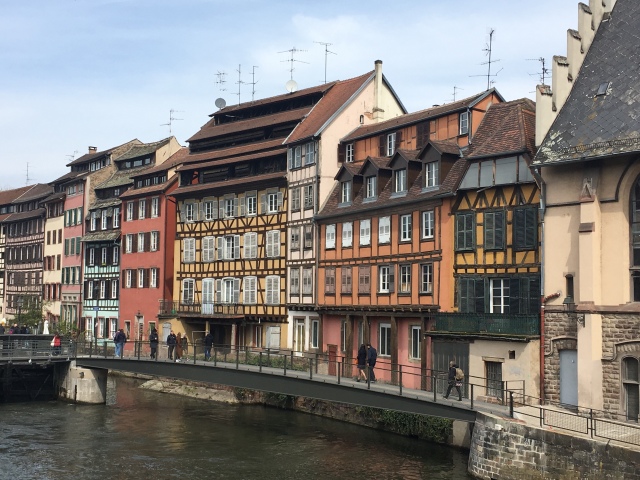
Lyon
Lyon is the second most populated city in France, and similarly to Paris, has its own distinct neighborhoods. An absolutely metropolitan city, you can get around using the bus, tram, or even metro, so getting around the city is a breeze. In addition to its ample history, fascinating museums, and spectacular views, Lyon is also known as the gastronomical capital of France. Prepare to eat well in Lyon! If you’re in France in December, you absolutely shouldn’t miss the Fête des Lumières. It’s a hot event, so book your tickets early (and hotels), but the festival is well worth it. My visit to Lyon only lasted 36 hours, and it wasn’t my favorite city to visit, but I’m glad I got to explore it!
Highlights: Parc de la Tête d’Or, Basilique de la Fourvière, Vieux Lyon
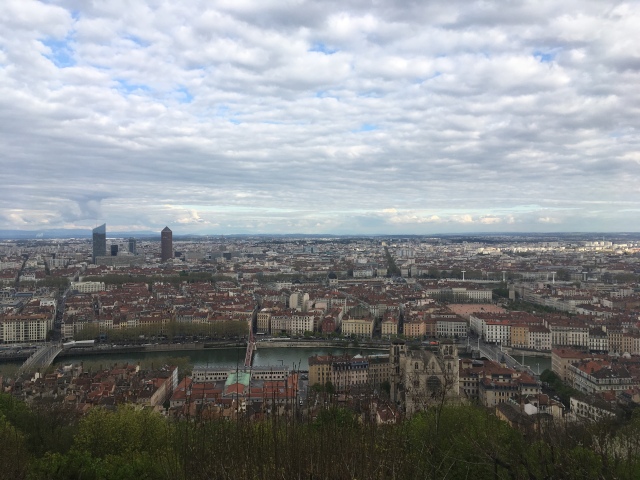
Nantes
Also located in the Loire valley, Nantes is a perfect example of a French city that has blended the modern city feel with France’s rich cultural history. While not necessarily like all the other castles in the Loire Valley, you can visit the Château des ducs de Bretagne, a castle built in the 13th century situated right in the middle of a bustling city. You can also head to the Île de Nantes for the mechanical elephants – if you’re daring enough, you can pay to ride them as they walk around! Nantes also has its own airport if you’re looking to fly in/out of the area.
Highlights: Les Machines de l’Île, Château des ducs de Bretagne, Musée des Beaux-Arts
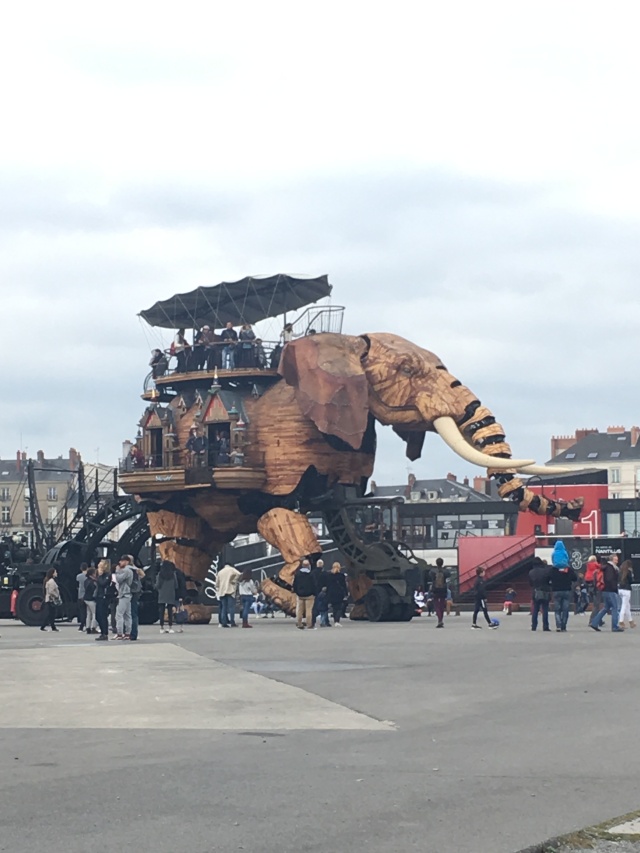
Rennes
Rennes is the capital of Bretagne, so there are ample museums and sights to get to know the history of the region. Wander through the historic city center to see medieval half timbered houses (notably in Place Sainte-Anne), and be sure to have some crêpes or galettes while you’re there – they’re traditional Bretagne dishes, and are also always delicious.
Highlights: Rennes Cathedral, Musée de Bretagne, walking along the canal
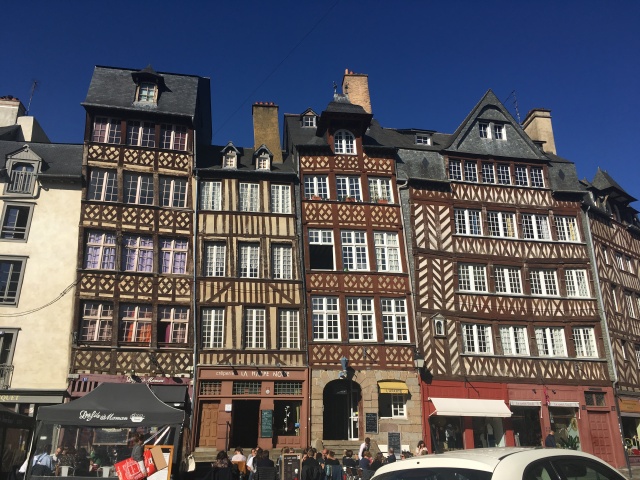
Rouen
The capital of Normandie, Rouen is situated along the Seine (yes, the same river that runs through Paris). Due to the architecture in much of the city, Rouen has an older feel to it, and it’s easy to get sucked into the vast history of the place. If you’re interested in the Joan of Arc aspect of French history, Rouen is the place to visit. It’s where she was placed on trial and ultimately burned at the stake so there are ample museums, plaques, and souvenirs centered around her. For sweeping views of the city, climb the stairs at the Gros Horloge, which is also a fascinating exploration of clockmaking and time keeping. I didn’t spend oodles of time in Rouen, but I have very fond memories of it. If you’re interested in day tripping out to the “coast,” Le Havre is an easy train journey away from Rouen.
Highlights: Gros Horloge, Cathedral Notre Dame de Rouen, Vieux Marché, Historial Jeanne d’Arc
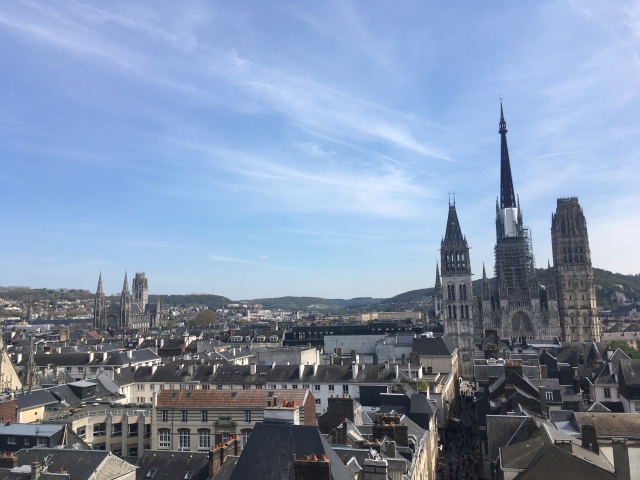
Poitiers
Moving into Nouvelle-Aquitaine, Poitiers has more of an administrative center feel, but makes for a good day trip if you’re around Angers or Nantes. The Musée Saint-Croix offers archeological finds from the region, and if you stick around until the sun sets, the Hôtel de Ville will be prettily lit up. There’s also a miniature Statue of Liberty in one of the parks if you want to find it! Speaking of parks, if you’re interested in theme parks, Futuroscope is close by to provide you with some thrills and excitement!
Highlights: Musée Saint – Croix, Cathedral Saint-Pierre de Poitiers, and the square near the Hôtel de Ville

Tours
Known as the “Garden of France” because of its numerous gardens/parks, Tours is a beautiful city (even the train station is architecturally stunning). Tours is easily walkable, and you can head out a bit to walk along the Loire to get away from the centre ville feel. An absolute must see is Place Plumereau for the half-timbered houses that pervade this region of France. I only did a day trip to Tours, so I’m not an expert by any means, but one perk of visiting this city is being able to say that you’ve *tour*ed it!
Highlights: Place Plumereau, Jardin Botanique de Tours, Musée du Compagnonnage
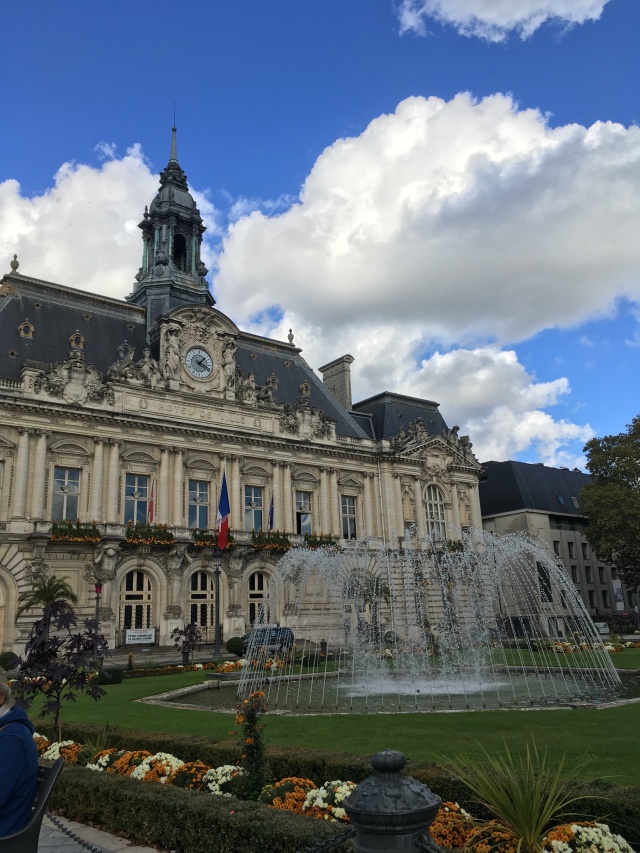
Toulouse
La ville Rose, Toulouse is located in the south of France. It’s a very student heavy city, but it’s also absolutely chock full of things to do and see. Whether you want to ride a bateau mouche on the Canal du Midi, explore the vast number of basilicas and churches, or wander through luscious gardens, Toulouse has it all. If space is your jam, absolutely check out the Cité d’Espace, which is home to a mock Ariane 5, and full of interactive exhibits all about space. Head to Place de la Capitole for a nice square where you can people watch, and admire the Mairie. For local food recommendations, try cassoulet! I did a lot in my return visit to Toulouse (which you can read about here), and still could return to do more. If you’re into medieval history, consider a day trip to Carcassonne as well. It’s easily accessible by train from Toulouse, and the fortress is fascinating to explore.
Highlights: Basilique Saint Sernin, Cité de l’Espace, La Capitole, Pont Neuf
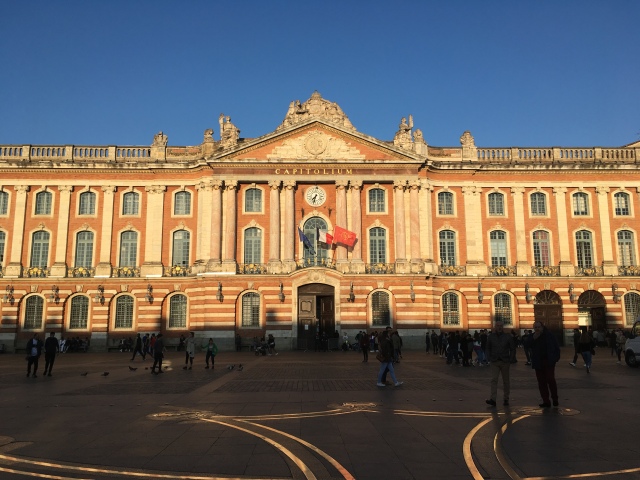
Bordeaux
We’re entering wine country now, and if viticulture is your cup of tea, Bordeaux is a must visit. It certainly surprised me with how much I enjoyed it, and it’s definitely at the top of my rankings for best cities I’ve visited. Bordeaux is a very easily walkable city, but there is a tram if you want to minimize your transit time between stops. If you’re curious about the history of the Aquitaine region, there’s the Musée d’Aquitaine which covers essentially the whole span of history in the region. You absolutely have to stop by Place de la Bourse to see the Miroir d’eau, though. If you head out right before sunset you can view it empty and fill, and watch as the reflections shift with the setting sun. For wine lovers, there’s the cité du vin you can visit for an in depth exploration on wine culture, and partake in a tasting as well (for a cheaper version of this, head to the museum of trade and wine). For some musings on Bordeaux, click here!
Highlights: Miroir d’eau, esplanade des Quinconces, Musée d’Aquitaine, la grosse cloche, jardin public
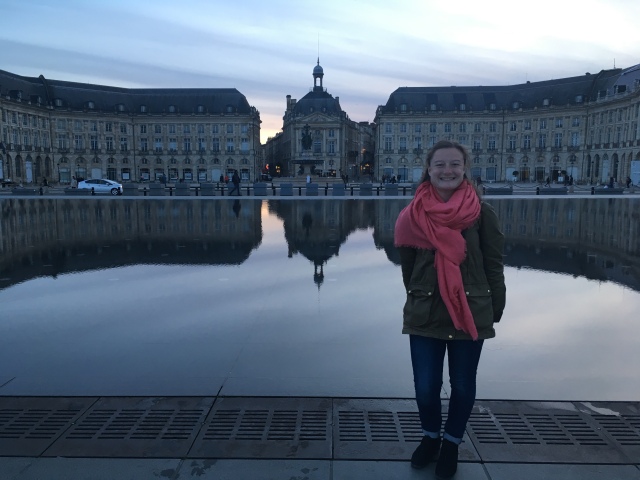
Marseille
Marseille is a port city in Southern France, and full of rich history because of it. While I wasn’t a massive fan of Marseille (to be fair to those who love it, I managed to visit on two days with absolutely torrential rain), it has ample to do and definitely carries a different vibe from some of the other cities I’ve visited. If you’re searching for a view from up high, simply head up to Notre Dame de la Garde. You’ll be able to put into perspective how spread out Marseille is, as well as see how the area near Vieux Port’s architecture differs from newer neighborhoods. If you’re wanting to go for a walk along the water, head to Le Corniche, which runs from Vieux Port to Plage des Catalans. Be sure to bring a hairband though, Le Mistral (the name for the wind in Marseille) can be brutal! If you’ve got some spare time and really want to get out into nature, head out to Les Calanques, but this will take some time so plan for a whole day’s adventure. Here’s my breakdown of all the highlights I visited in Marseille!
Highlights: Vieux Port, Le Corniche, MuCEM, Notre Dame de La Garde, Boulevard Longchamp
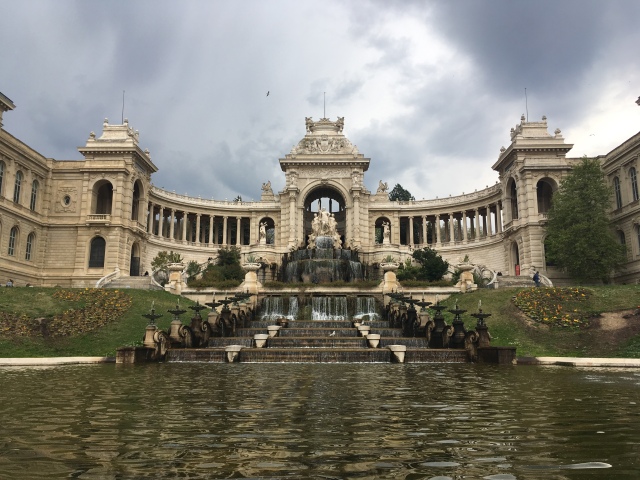
Caen
Another Normandie city, which I mainly chose because of its proximity to Bayeux. It’s still chock full of history, especially WWII related material given the destruction wrought in Caen as a result of the war. As with many French cities, there’s a castle, and you can climb the ramparts for free. Walking around will give you a quintessentially French rooftop view, as well as a perfect view of the cathedral. There are two museums inside the castle you can explore as well. For some disjointed thoughts on Caen (and Bayeux), here‘s my post about my time there!
Highlights: Chateau de Caen, Musée de Normandie, Mémorial de Caen
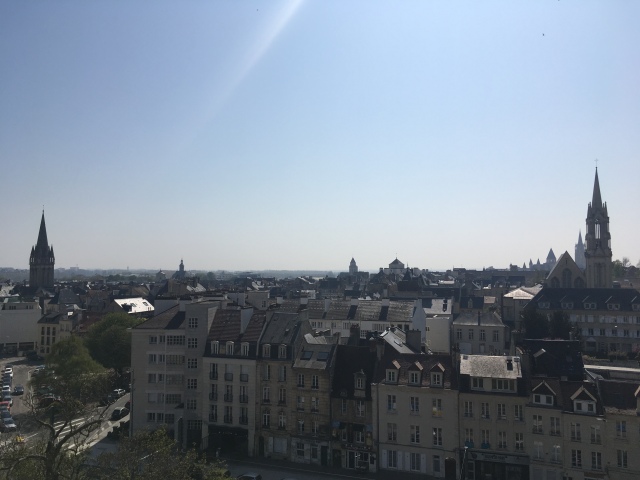
Bayeux
A perfect day trip from Caen (only 15 minutes by train), this is a top destination if you’re interested in WWII history. That being said, the main attraction in Bayeux is the Bayeux tapestry. You can spend as long as you want examining the tapestry, although the provided audio guide only lasts 25 minutes. For WWII history, head to the Musée de la Bataille de Normandie, which focuses on the Normandie beach landings. You can also visit the 13th century cathedral that has survived countless centuries and wars.
Highlights: Musée de la tapisserie de Bayeux, Musée de la Bataille de Normandie, Bayeux cathedral
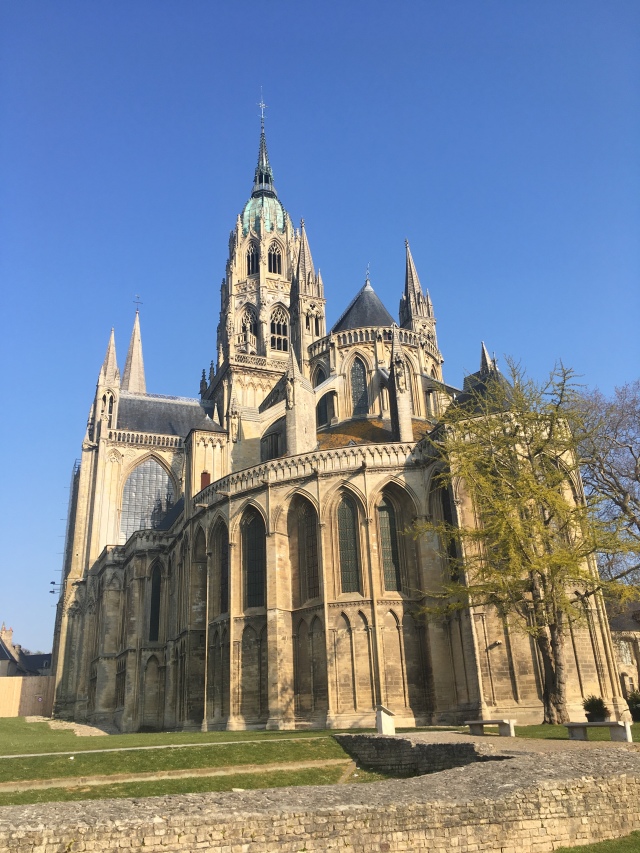
Saint-Malo
A port city in Bretagne, Saint-Malo is a beautiful city to visit. I spent a weekend there, although I’d recommend not doing Saturday-Sunday if only because so much is closed in France on Sundays. Located along the English Channel, the Intra Muros part of the city is the oldest area. You can walk all around the ramparts for views of the Channel, the city within the ramparts, and the city beyond. Be sure to also spend some time on the beach to take in the sand, but the water probably won’t be warm enough for a dip. Like Marseille, Saint-Malo can get windy, so prepare for that. Be sure to try a Kouign Amann or a Nutella beignet while you’re there, as well! If the wind isn’t too bad, you can also look into the possibility of taking the ferry to Jersey/Guernsey for the day, or an overnight.
Highlights: Aquarium, Fort National (closed during the off season), the ramparts
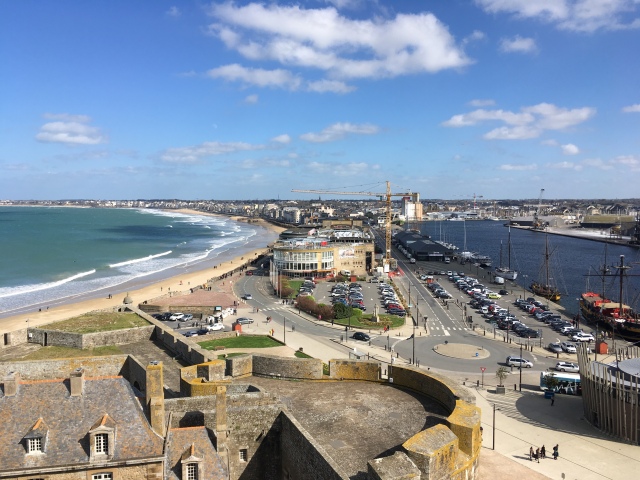
Those are my city recommendations! I know there are far more (and I’d love to hear your recommendations – I already have a small list going), but I can’t speak highly enough about exploring cities beyond Paris in France. I visited all these cities via train, and everything is well connected (download the oui.sncf app to easily purchase tickets on your cell phone, and be able to access your tickets easily on mobile). With a little planning, you can get from city to city easily without having to step foot in a car or a plane. Whether you’re looking to explore food, history, or cathedrals (of which there are many in France), I hope this list gave you some ideas! For reference of where all the cities are located, here’s a map with them all pinned. A plus!


We might be biased, but you have hands down the best taste in French cities! Love your tips. Hello from Strasbourg!
LikeLiked by 1 person
Thank you! That’s so lovely of you to say – Strasbourg is such a lovely city, I hope I can get back there someday soon!
LikeLike